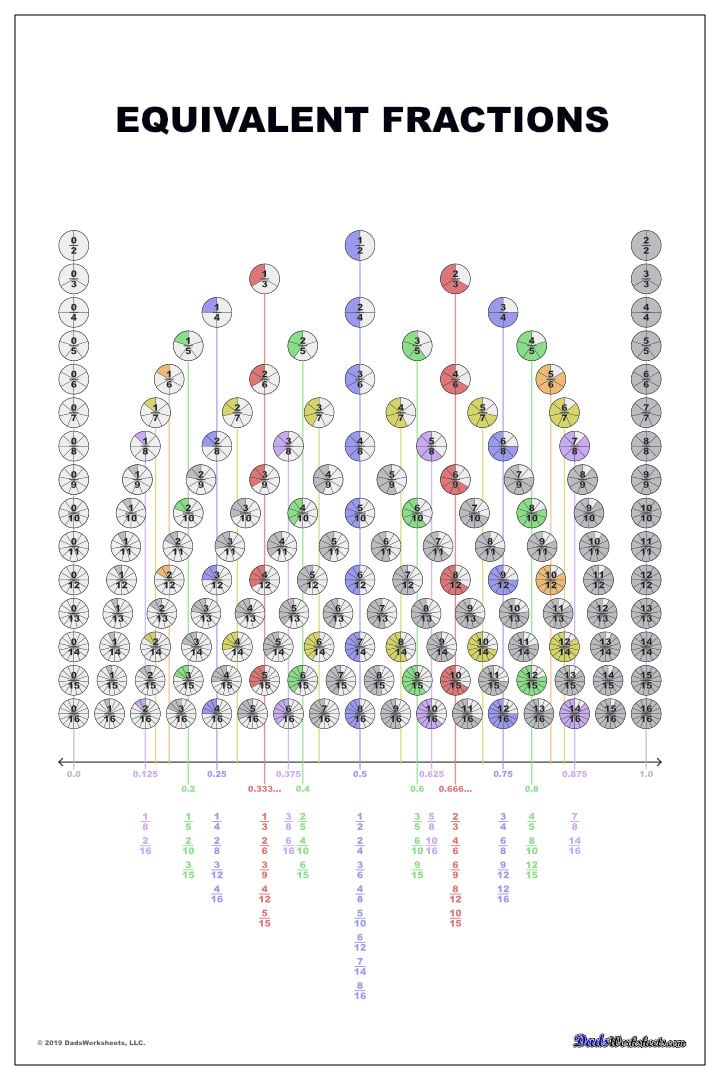
I’ll choose the third option, Use Destination Theme & Link Data, which pastes and links the chart. The second two options link the chart, either using the destination theme or keeping the source formatting. The first two will embed the chart, either using the destination theme or keeping the source formatting. In PowerPoint, display the destination slide and right-click it. To copy and link the chart, right-click it, and click Copy to copy it to the Clipboard. When you keep a link to the chart, your updates to it are reflected in the PowerPoint version.

Use the sliders in the task pane to achieve this.If you prefer creating charts in Excel, create your pie chart there and copy it into PowerPoint. You may want to experiment with the gap between the two pies as well as the size of the second plot (Microsoft’s jargon for the second pie). Custom – allows you to manually select a slice and then designate a plot.


“Other” represents the combined share of the categories in the second pie. Notice that the main pie includes a slice called “Other”. Their slices would have looked tiny on the main pie chart, but moved over to the second pie – they are much easier to read. In the example below Bert, Brenda and Barbara ended up getting the smallest share of sales for 2013. The Pie of Pie chart type is in this menu. To create a Pie of Pie, click into your chart data and on the Ribbon’s INSERT tab click on the Pie button in the Charts group. A pie of pie chart will enable you to move these small slices to a separate pie chart so that they are easier to read.

Pie of Pie charts are useful if you have several categories of data that end up representing small slices in your pie chart.


 0 kommentar(er)
0 kommentar(er)
